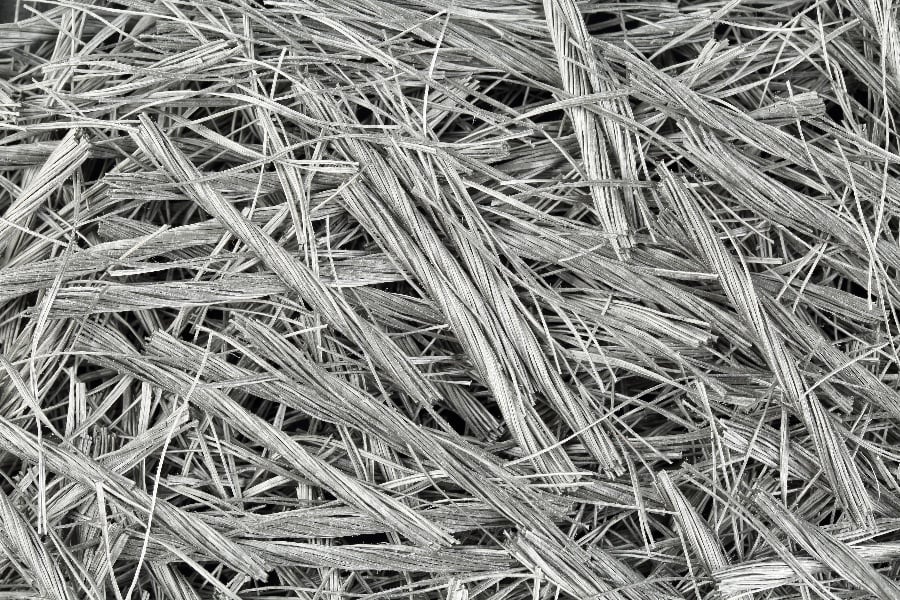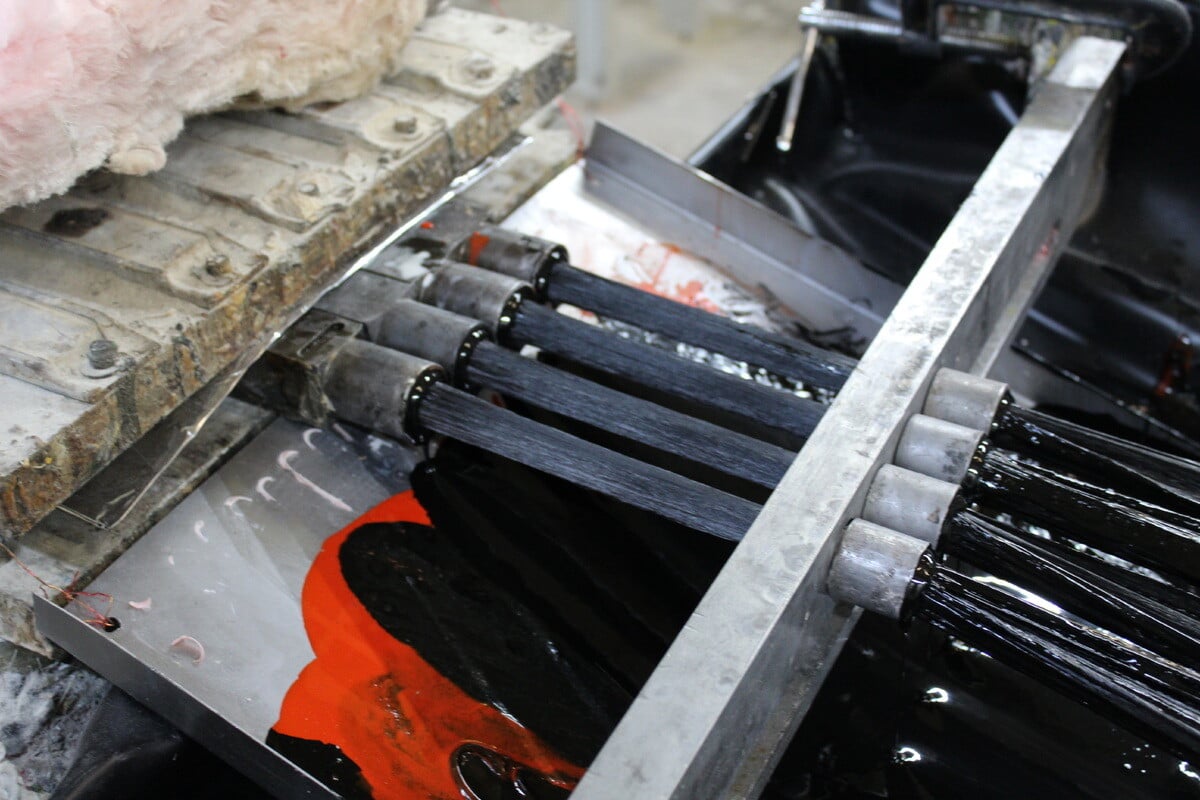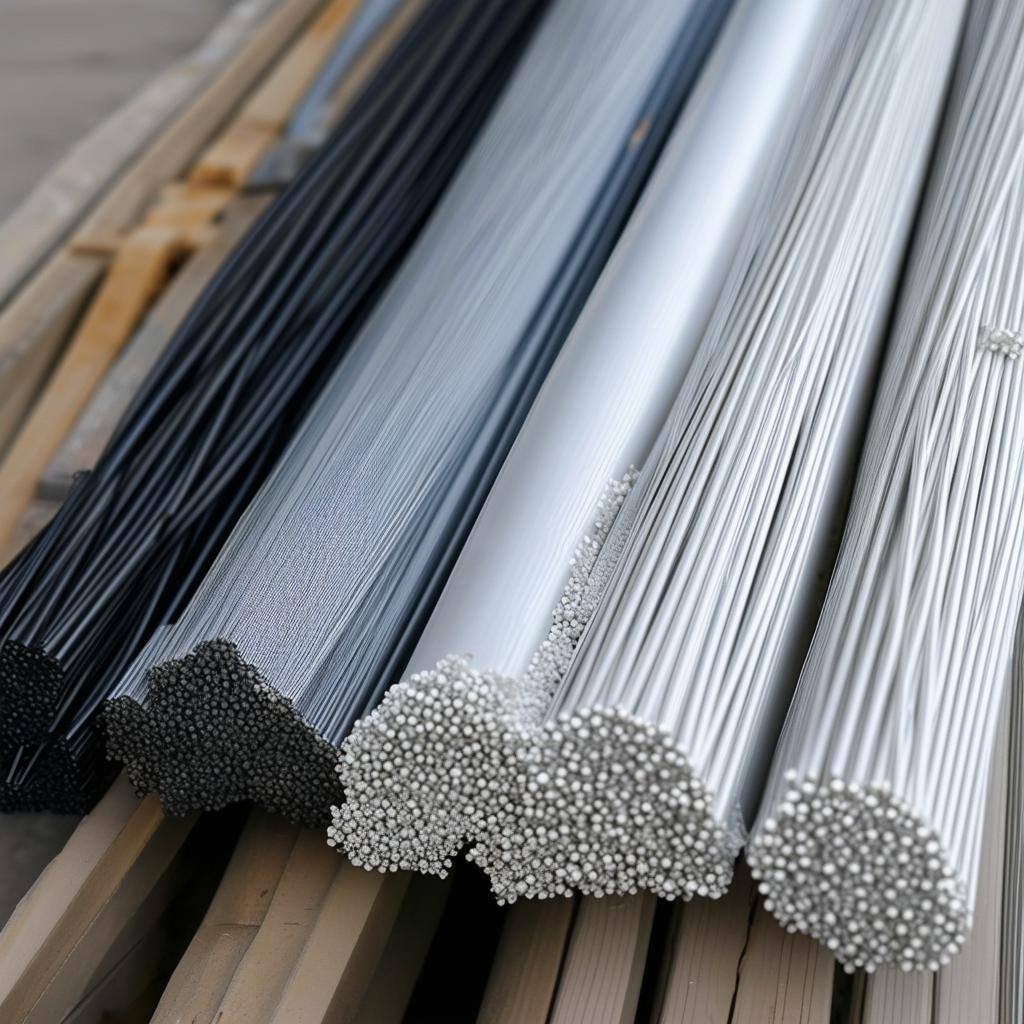Fiber-reinforced polymer (FRP) went from non-existent to being an important material used in an amazing variety of applications in a relatively short time.
Leo Baekeland created the first fully synthetic plastic, Bakelite, in 1905 and not long after added asbestos fiber for reinforcement. Today, FRP is used in everything from aircraft to sporting goods to patio furniture.
If so much change happened in the last hundred or so years, what can we expect to see with FRP in the decades ahead? It is always a bit difficult to predict the future with any success, but in this article, we’re going to give an overview of where we expect the industry to go. It makes sense to divide this into two distinct areas. First, how we think the technology of FRP will change, and second, how the uses of the material might shift.
Changing FRP Technology
One of the basic reasons FRP has become so important is that this kind of composite material is infinitely adaptable. The properties of a particular FRP can be adjusted depending upon the particular fibers used (whether glass, carbon, Kevlar, or something else) as well as the polymer (epoxy, polyester, etc.). The finished product is also affected by additives used and the manufacturing process itself.
This means that there will continue to be a lot of room for experimentation and innovation in each of these areas (fibers, polymers, additives, and fabrication process). We certainly expect developments that will build upon the particular strengths FRPs already have, such as durability and strength.
We want to highlight two recent technological developments that we expect to become increasingly important in the years ahead.
Pultruded Reinforced Thermoplastics
Pultrusion is a popular manufacturing process for creating FRPs with continuous fiber reinforcement. It involves drawing strands of reinforcing fiber through a liquid resin which is formed into a particular profile and cured. It is a continuous process that allows for the creation of custom profiles of any desired length.
The resins typically used for pultrusion are thermosets; that is, once cured, they cannot again be melted and reformed. While these kinds of resins result in a high-quality pultrusion with desirable properties, the one drawback is that they cannot easily be recycled.
Thermoplastics, on the other hand, are polymers that can be remelted and thus recycled much more easily. Ideally, it would be possible to create FRP from these polymers instead of thermosets for applications that would allow this. (And not all would. Thermosets have a much greater operational temperature than thermoplastics.)
To this point, however, manufacturers have struggled to create pultruded reinforced thermoplastics that are of sufficient quality. This is because melted thermoplastic has a relatively high viscosity and it is difficult to get the polymer to impregnate the reinforcing fibers sufficiently. Moreover, even when this problem is solved, adhesion to the reinforcing fibers has been a challenge.
As a result, most reinforced thermoplastics currently in use contain only relatively short fibers and don’t have the strength of pultruded, continuous fiber reinforcement. (Confusingly, these types of thermoplastics are called “long-fiber-reinforced thermoplastic.”)
Recent advances, however, show great promise in creating continuous fiber pultruded reinforced thermoplastics with strong adhesion between the matrix and the reinforcing fibers. We expect that it is just a matter of time before these techniques will be perfected. This is a very significant development since it could potentially mean FRPs that combine the strength of traditional FRPs with the recyclability of thermoplastics.
High-Temperature FRPs
There are certain applications (and potential applications) of FRP where the ability to withstand extreme heat is desirable. For example, materials used in buildings, transportation, or infrastructure need to be selected with the possibility of fire in mind. In the worst-case scenarios, we want to know that materials that work great under normal circumstances won’t catastrophically fail.
The temperatures in a fire can be hotter than most materials (including metal) can withstand for very long, so we're not talking about FRP that is fireproof. But how materials behave when exposed to the elevated temperatures around fire or other sources of heat is important.
There is a class of polymers called polyimides that are known for their ability to resist heat. They are already widely used in electronics applications (such as around parts that get hot in computers) as well as the automotive and aerospace industries. They are able to briefly withstand temperatures as high as 500℉.
A recent study reported a novel process of polyamide manufacturing that yielded a material able to withstand significantly higher temperatures. These kinds of developments will help to open the way for increased use of FRP in the industries mentioned above. We expect even new areas of use will open up as the operating temperature range of these materials continues to expand.
Shifting Uses of FRP
When we consider how FRP will be used in the next several decades, we expect to see the range of applications continue to expand rapidly as it has done over the past several decades. But there are a few areas where we predict we’ll see particularly strong growth.
Building Materials
FRP is already being used in this area, but there is a lot of untapped potential. When it comes to construction, particularly home construction, wood is still the building material of choice. FRP has several advantages over wood, however. It is stronger, it is impervious to moisture and rot, and insects won’t bother it.
For this reason, we expect to see FRP increasingly used for things like exterior trim, siding, and structural elements. It also makes great sense as an alternative to wooden posts that come into contact with the ground.
We also see growth potential in the use of pultruded FRP as a reinforcing addition to various kinds of structural elements made of engineered wood. We’ve written elsewhere in this blog about the fascinating development of skyscrapers built using engineered wood framing. FRP can make these structural elements even stronger, so we expect to see it increasingly incorporated into these kinds of products.
Aircraft
When the Boeing 787 Dreamliner launched it was somewhat revolutionary in terms of the materials used. It is 80% FRP by volume and, as a result, much lighter and more fuel-efficient.
There are already large aircraft being built for military purposes that are completely made of reinforced polymers. We see no reason why this will not eventually become the norm for commercial aircraft, too. Along with technological advances in the composites used, this should lead to even more efficient (and safer) aircraft designs.
Wind Power Generation
We recently wrote about the use of FRP in the increasingly large blades that generate electricity from wind power. This industry has been growing fast and is predicted to continue to do so. Advanced reinforced polymers will continue to be the crucial ingredient here.
Your Partner in Future Developments
At Tencom, FRP is our business and we’re obviously interested in where the market is headed. One thing we are willing to bet on is growth. There are still so many potential uses for pultruded FRP are we’re excited to see the market continue to develop.
Maybe you have a great idea about how FRP might be used to improve a product you work with. If so, we’d love the opportunity to talk about how we can part ner with you to make it happen. You can contact us here.
ner with you to make it happen. You can contact us here.













